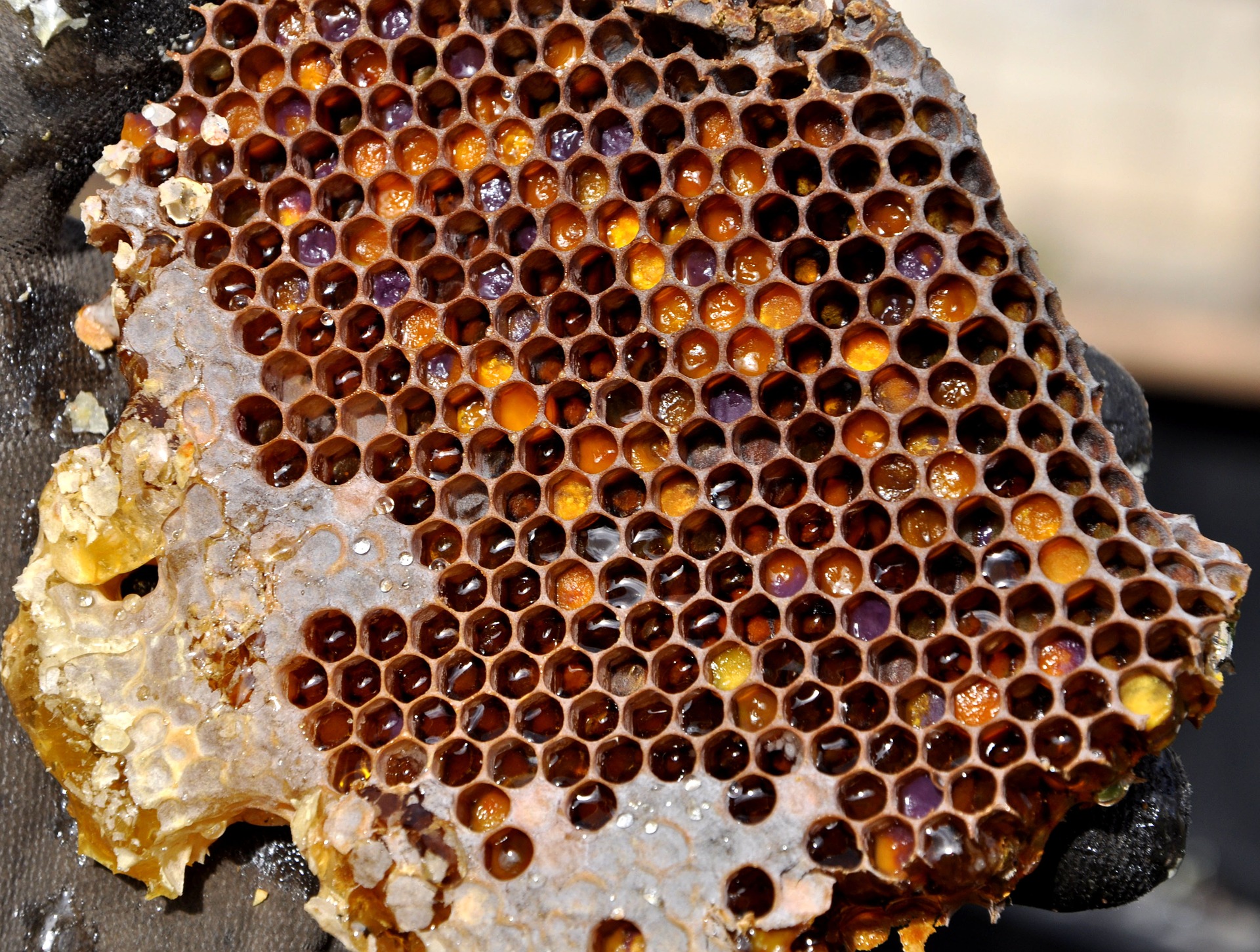How Manuka Honey and Diet can Help Diabetes Patients
Diabetes has swept the nation over the last several decades and has become a modern day epidemic. For the first time in history, large percentages of the population are developing crippling diabetes that is largely a result of poor diet.
Except for those dealing with type I diabetes, type II diabetes is entirely brought on by the foods in which you consume. Following a Standard American Diet (SAD) is a recipe for disaster and almost indefinitely will lead to prediabetes or diabetes.
Excessive amounts of sugar, constant fluctuating blood sugar levels, too many grains, and lack of fat soluble vitamins are the biggest culprits in the formation of diabetic conditions.
Luckily, following the correct diet and incorporating superfoods into your diet, such as raw Manuka honey, can be a godsend for anyone dealing with any type of diabetic symptoms.
How Diet Effects Diabetes
As mentioned before, diet plays an extremely important role in the formation of type II diabetes. The fact that the majority needs to eat every 2-3 hours is a sign of metabolic dysfunction among the general population.
Our ancestors never at food every 2-3 hours, yet they showed robust health and strong builds. This is because they were not consuming the same foods which are widely available to the general population. Fossil records indicate that animal protein made up a large percentage of most ancient peoples diets. In fact, it was well noted by Weston A. Price, a dentist who studied numerous Native American tribes, that these people displayed amazing health and were free from the degenerative disease of the west (1).
Not only did these people have amazing builds and strength, their teeth were completely free of cavities. However, when these people moved away from their traditional diet and started to incorporate the foods of civilization, the same degenerative disease began to form that were often seen in the west.
It should be mentioned that diabetes was completely unheard of among the Native Americans and was largely tied to diets high in grains.
So, what foods were these Native Americans eating that made them so healthy?
The Best Diet for Diabetes
The best diet for those suffering from type II diabetes is low in sugar, high in slow digesting vegetables, and high in fat soluble vitamins coming from animals.
In fact, Dr. Price found that all the diets which were consumed by Natives were extremely high in a “x-factor” vitamin. It was this vitamin that Price believed kept the tribes people free from several degenerative diseases. It’s now been accepted that this vitamin is actually K2.

Vitamin K2 is only found in select animal foods (tiny amounts in fermented foods) and is typically completely absent in the standard American diet.
Interestingly, research published in Diabetes Care found that vitamin K2 is extremely beneficial for improving insulin sensitivity and reduces inflammation in the body (2).
Following a diet as outlined by the Weston A. Price foundation is the quickest way to increase your intake of vitamin K2. This means consuming organ meats, high quality animal foods, properly prepared nuts and seeds, and fermented foods.
Also, it’s mandatory that all sugar be removed from the diet. Fresh local fruit is OK in small amounts but should not make up the majority of the diet. A high emphasis on green vegetables is also highly desirable.
Furthermore, try to include at least fermented food/drink product into your diet each day. Research shows that fermented food positively influences changes in the microbiome and actually increases insulin sensitivity and decreases insulin resistance in prediabetic patients (3).
How Manuka Honey can Help Diabetes
Those suffering from prediabetes or diabetes can benefit immensely by supplementing with raw New Zealand Manuka honey. Unlike most raw honeys on the market, Manuka contains a wide array of powerful healing properties which have been studied and proven effective by decades of research.
Research published in the International Journal of Biological Sciences found that raw honey is extremely well tolerated in subjects or patients with impaired glucose tolerance or diabetes mellitus. Its potential to be used as an anti-diabetic agent is still being studied, but preliminary research shows promising results (4).

Furthermore, Manuka honey contains a wide array of essential vitamins, minerals, amino acids, and antibacterial agents. In fact, the B-vitamins found in Manuka honey, especially vitamin B6, is extremely beneficial for preventing metabolic syndrome such as insulin resistance (5).
A little goes a long way with this powerful superfood. For those interesting in incorporating Manuka into their diet, be sure to start with a small dose and then gradually work your way up to higher doses. This gives the body time to adjust to the new superfood which can cause an upset stomach if too much is taken at one time due to its powerful antibacterial properties.
How Manuka Influences Positive Changes in the Microbiome
The microbiome plays an important role in those suffering from diabetic conditions. In fact, it’s been shown that the majority of our immune system is dependent on the health of our gut (6).
Those suffering from diabetes need to correct the gut microbiome and repopulate the intestines with healthy flora. Fermented foods are excellent for introducing beneficial probiotics into the system which can help repopulate the gut.
Research indicates that those with altered gut flora are more likely to develop diabetes and are more prone to obesity (7).
Following a traditional such as the one outlined above is the best way to support the gut flora and influences positive changes within the gut microbiome. For this reason, all sugar and packaged foods must be removed from the diet and replace with whole natural foods. Preferably, this food should be cooked by you in order to avoid any hidden ingredients you may not be aware of.
In fact, dietary emulsifiers, which are found abundantly in most packaged foods, have been shown negatively affect the gut and increase the likelihood of developing metabolic syndrome, obesity, and other chronic inflammatory disease (8).
Luckily, raw Manuka honey can help correct a dysfunctional gut due to its many healing properties. In fact, Manuka honey has been shown to stop the formation of Candida Albicans (pathogenic yeast) and effectively rids it from the gut (9).
It’s been shown that patients suffering from diabetes almost always suffer from some form of candida overgrowth (10).
For this reason, Manuka honey makes an excellent option for correcting a dysfunctional gut microbiome and can be used daily to improve gut function.
Conclusion
Type II diabetes is a serious problem that has swept the nation over the last couple decades. It has become a modern day epidemic and millions are needlessly suffering.
Diet plays an extremely important role in the prevention of diabetes. The Standard American Diet (SAD) is the leading cause of metabolic syndrome among the population and the main reason there has been such a rise in diabetes over the last few decades.
Changing the diet to more traditional foods is the quickest way to influence positive changes in the gut microbiome and recovery from metabolic syndrome. An emphasis should be put on high quality animal foods, as these contain the important fat soluble vitamins Weston A. Price observed were being consumed by the Native Americans.
Also, adding a raw Manuka honey into the diet is also a great option for anyone who may be suffering from diabetes. The antibacterial properties found within this honey are excellent for correcting gut issues and improving the health of the microbiome.
- Price WA. Nutrition and physical degeneration: a comparision of primitive and modern diets and their effects. Oxford: Benediction Classics; 2010.

